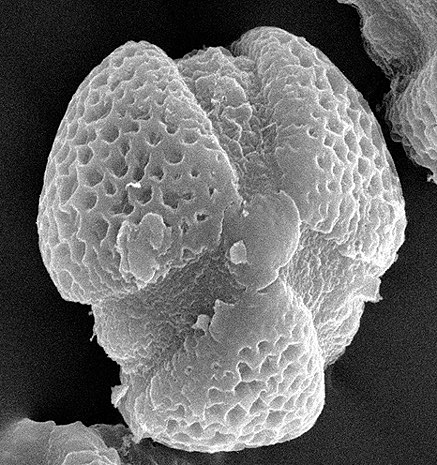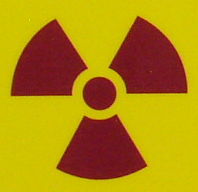Many years ago when I was a lowly undergrad, I heard mumblings about physicists working in the financial and economic fields. They weren’t changing careers, they were applying math and physics concepts to create financial and economic models.
Today I ran into an article (registration required, but it’s free) over on PhysicsWorld about some econophysicists who analyzed recent oil prices using statistical physics methods and came to the conclusion that much of the run-up in oil prices is due to speculation, rather than increased demand.
Abstract:
We present an analysis of oil prices in US$ and in other major currencies that diagnoses unsustainable faster-than-exponential behavior. This provides evidence that the recent oil price run-up has been amplified by speculative behavior of the type found during a bubble-like expansion.
From the paper:
Based on analogies with statistical physics and complexity theory, we have developed in the last decade an approach that diagnoses bubbles as transient superexponential regimes. In a nutshell, our methodology aims at detecting the transient phases where positive feedbacks operating on some markets or asset classes create local unsustainable price run-ups. The mathematical signature of these bubbles is a log-periodic power law (LPPL). The power law models the faster-than-exponential growth culminating in finite time. The log-periodic oscillations reflect hierarchical structures as well as competition between the trading dynamics of fundamental value and momentum investors
In conclusion, the present study supports the hypothesis that the recent oil price run-up, when expressed in any of the major currencies, has been amplified by speculative behavior of the type found during a bubble-like expansion. The underlying positive feedbacks, nucleated by rumors of rising scarcity, may result from one or several of the following factors acting together: (1) protective hedging against future oil price increases and a weakening dollar whose anticipations amplify hedging in a positive self-reinforcing loop; (2) search for a new high return investment, following the collapse of real-estate, the securitization disaster and poor yields of equities, whose expectations endorsed by a growing pool of hedge, pension and sovereign funds will transform it in a self-fulfilling prophecy; (3) the recent development since 2006 of deregulated oil future trading, allowing spot oil price to be actually more and more determined by speculative future markets and thus more and more decoupled from genuine supply-demand equilibrium
A pre-print of their paper, The 2006-2008 Oil Bubble and Beyond, is available from arxiv.org. It’s actually a pretty interesting read.

